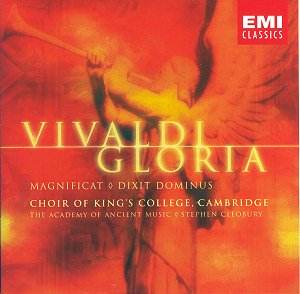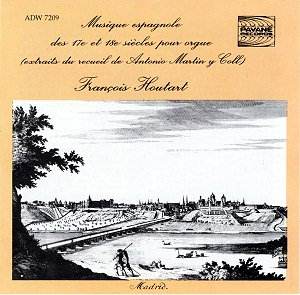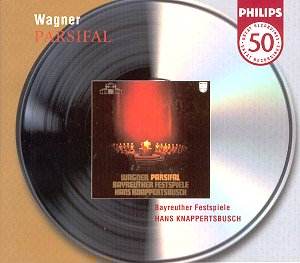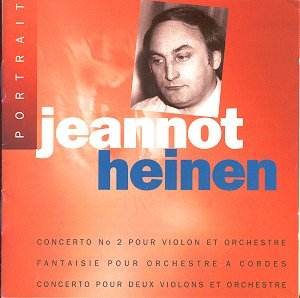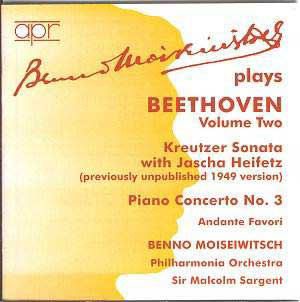 Composer: Ludwig van Beethoven
Composer: Ludwig van Beethoven
Works: Violin Sonata No. 9 (Kreutzer), Piano Concerto No. 3, Andante Favori
Performers: Jascha Heifetz (violin), Benno Moiseiwitsch (piano), Philharmonia Orchestra, Malcolm Sargent (conductor)
Recording: 1949-50, APR 5610 [73’50]
Label: APR
Ludwig van Beethoven’s Violin Sonata No. 9, commonly known as the Kreutzer Sonata, stands as a monumental work in the violin-piano repertoire, emblematic of the composer’s bold departure from classical norms into a realm of emotional depth and technical complexity. Written in 1803, this sonata is a testament to Beethoven’s revolutionary spirit, pushing the boundaries of instrumentation and interaction between the two performers. The present recording, featuring the legendary Jascha Heifetz and the esteemed Benno Moiseiwitsch, offers a fascinating glimpse into the interpretative choices and technical prowess of these titans of the 20th century.
The performance opens with Moiseiwitsch’s commanding chording, setting a dramatic tone that Heifetz meets with his characteristically incisive style. The recording, though originating from the late 1940s, demonstrates a remarkable balance between the violin and piano, allowing their distinct voices to emerge vividly. Notably, Heifetz’s slides at 2’47 introduce a lyrical expressiveness that complements Moiseiwitsch’s pliant phrasing, creating a dynamic interplay that exudes both tension and release. The initial movement is characterized by Heifetz’s trenchant attacks and his glorious finger position changes, which showcase his virtuosic command over the instrument. Instances of balance issues arise, particularly in the more explosive passages where Moiseiwitsch occasionally overshadows the violin; nevertheless, the overall dialogue between the two remains engaging.
The slow movement reveals a more introspective side of Heifetz, albeit marked by initial nervousness. His tentative opening at 0’45 is quickly supplanted by a captivating variation passage from Moiseiwitsch, whose luxurious touch and propulsive drive invigorate the dialogue. Here, the recording’s microphone placement becomes relevant, as it captures the nuanced detail of Heifetz’s bowing technique, which occasionally sounds “sticky.” This recording, no doubt a product of its time, invites scrutiny into the technical flaws that Heifetz himself may have perceived—his evident dissatisfaction with certain passages suggests that even the most accomplished artists grapple with the limitations of recorded sound.
Transitioning to the finale, Heifetz displays a remarkable breadth of dynamics, seamlessly transitioning from sharp attacks to more delicate expressions. While his technique falters at 4’51, the overall buoyancy of the performance prevails, particularly as Moiseiwitsch articulates the left hand with notable clarity. This section encapsulates the spirit of the Kreutzer Sonata—a vibrant interplay that reflects both the collaborative nature of chamber music and the individual brilliance of its performers.
Turning to Beethoven’s Piano Concerto No. 3, Sargent’s approach diverges from that of his contemporaries, offering a more homogeneous phrasing and a cohesive orchestral palette. The elegance of Moiseiwitsch’s playing is particularly evident in the first movement, where his descending runs at 6’45 exhibit an understated elegance rather than a flamboyant display. The woodwind section, shaped with decisive intensity by Sargent, contributes to the concerto’s dramatic landscape, drawing attention to the intricate orchestral fabric that supports the piano’s virtuosic lines. Moiseiwitsch’s cadenza, marked by its fearsome technical demands, showcases his formidable prowess and interpretative insight.
The Andante Favori, a personal favorite of Moiseiwitsch, serves as a delightful encore to this recording. His affection for the piece is palpable, evidenced by his mobile phrasing and attentiveness to its shifting moods. This work highlights Moiseiwitsch’s ability to infuse a sense of humor and humanity into the music, qualities that resonate with the listener long after the final note.
The transfer of this previously unissued performance is commendable, with Bryan Crimp’s meticulous attention to detail ensuring a listening experience that, despite its age, remains vibrant and engaging. The few audible imperfections, including a side join and occasional clicks, do little to detract from the overall quality of the recording.
This release is not merely a historical artifact; it is a vital addition to the canon of Beethoven recordings that celebrates the artistry of two extraordinary musicians. Heifetz and Moiseiwitsch, through their interpretative choices and technical mastery, breathe new life into these works, making an indelible mark on the listener. The interplay of their distinctive styles, the historical context of the recordings, and the quality of the engineering culminate in a performance that stands as a compelling testament to Beethoven’s enduring legacy.
